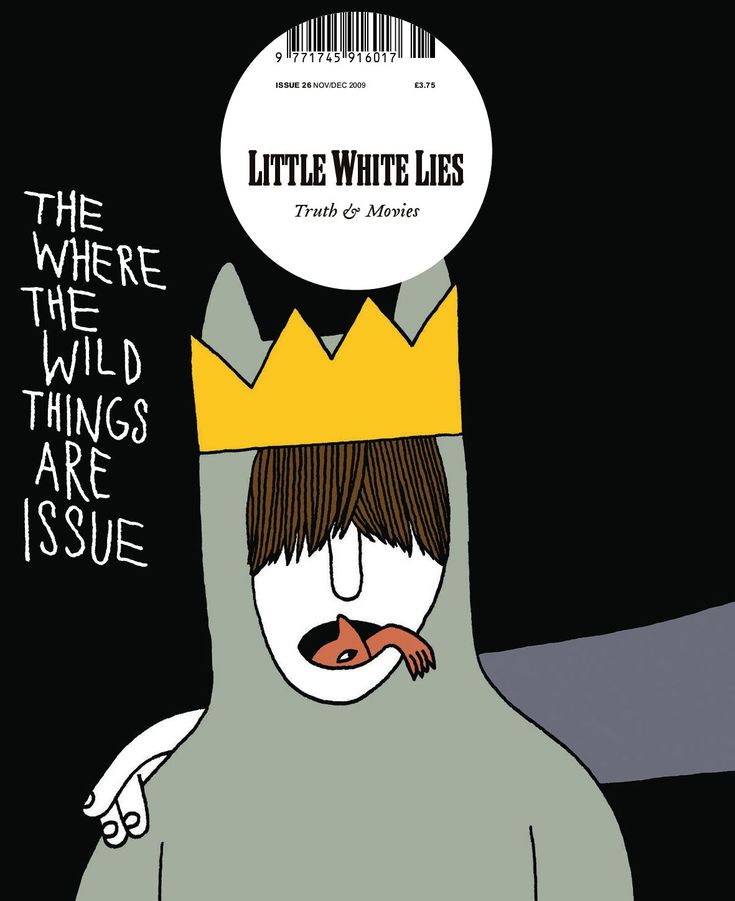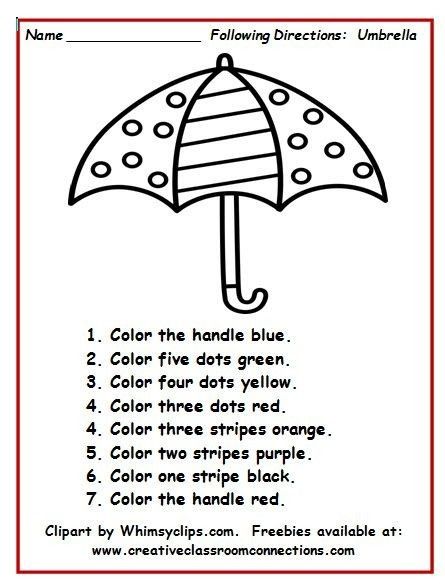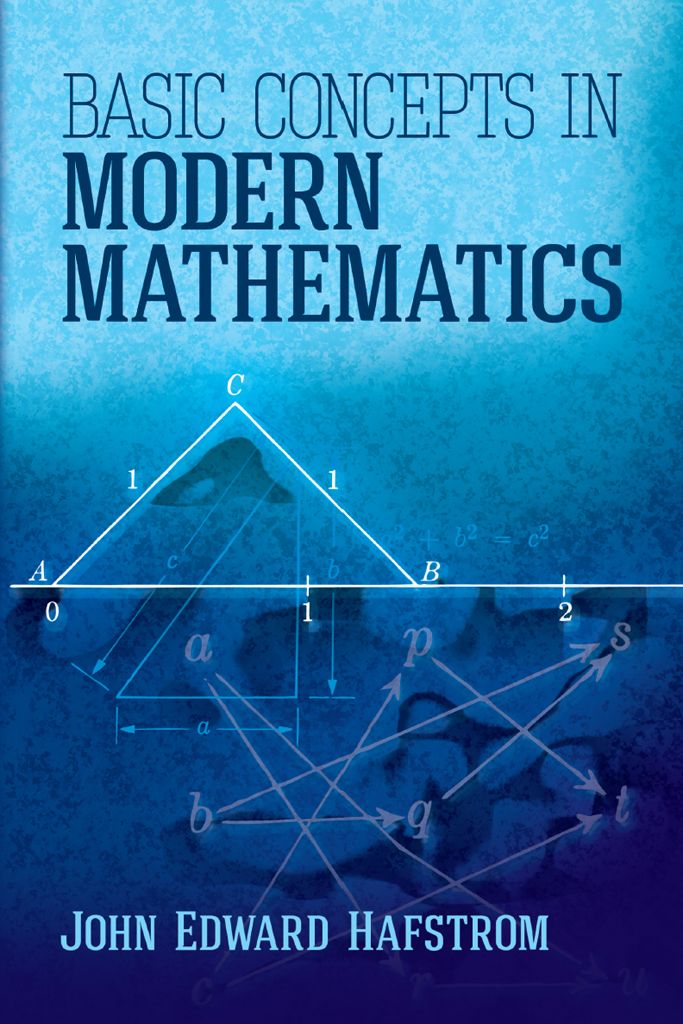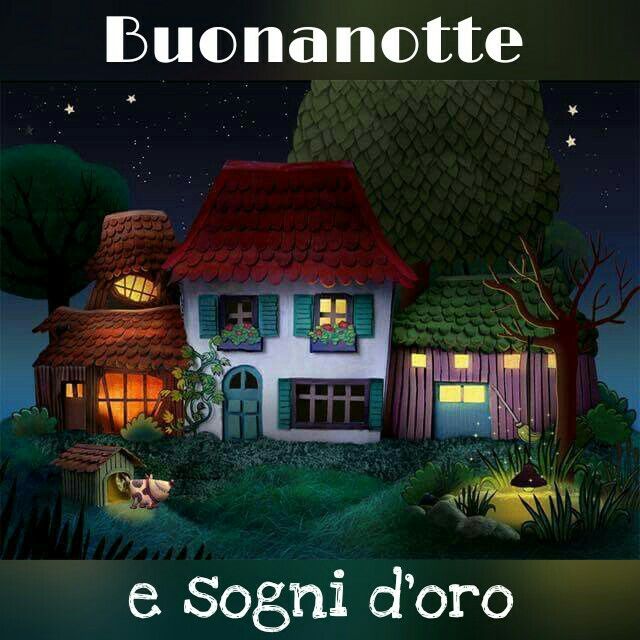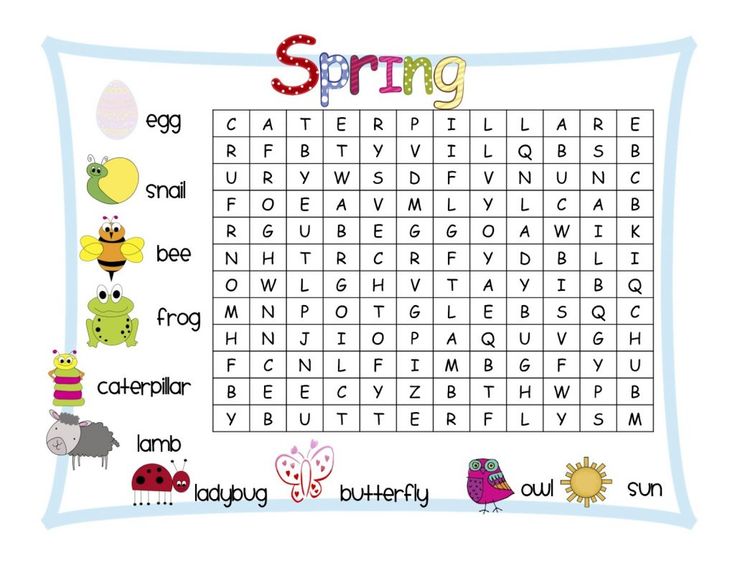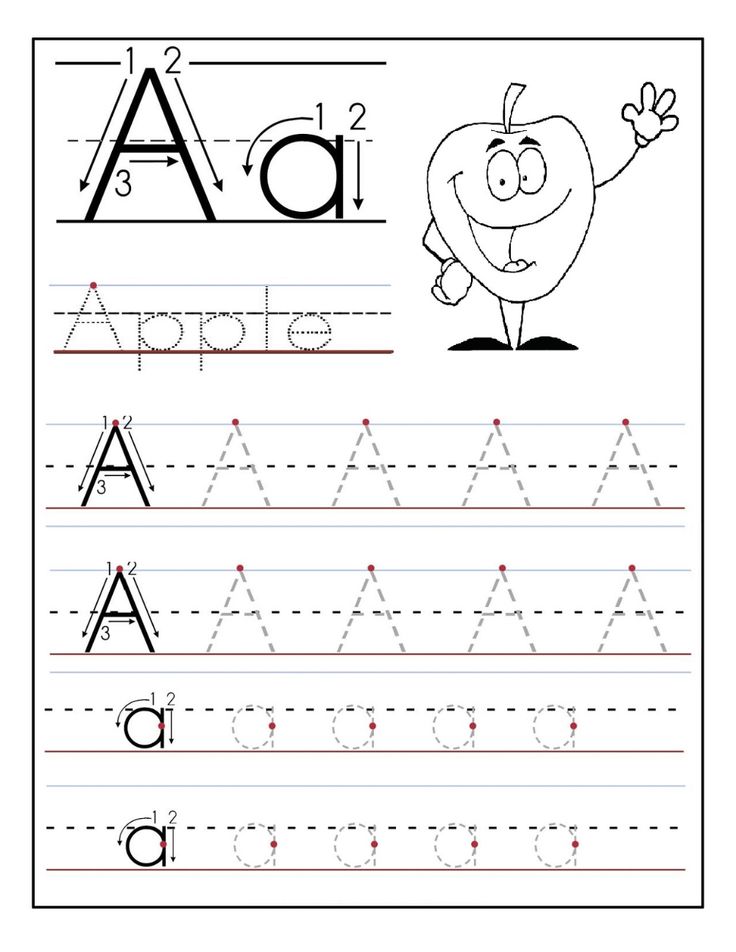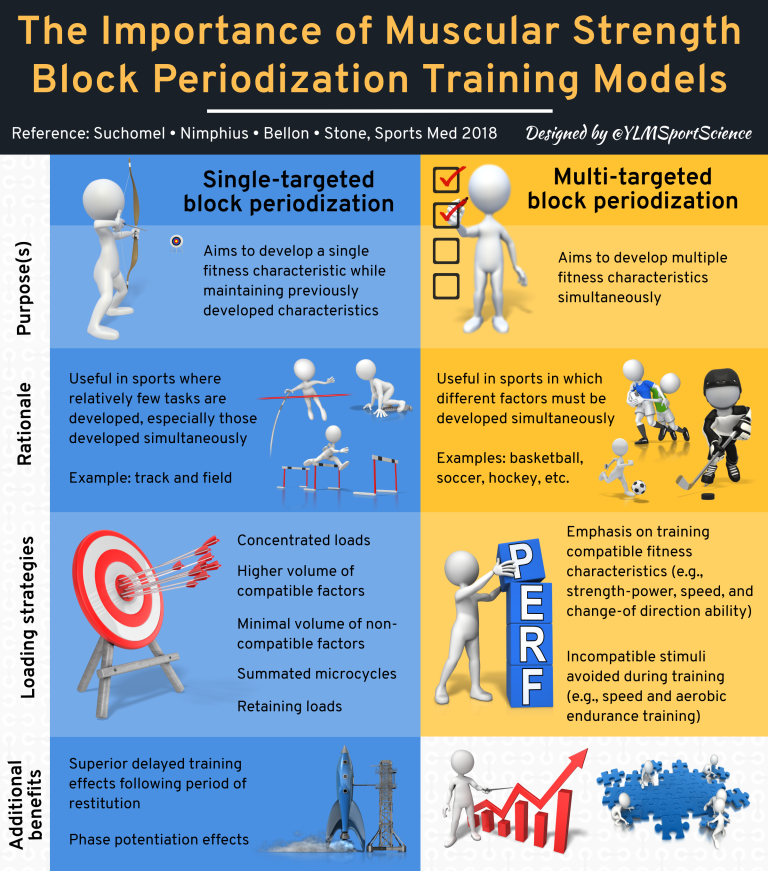Teach beginning readers
How to Read with a Beginning Reader
By: Joanne Meier
Most beginning readers are inconsistent. Learn more about the characteristics of a beginning reader and simple techniques and tips to nurture your child's skills and joy in reading.
Sometimes parents of beginning readers wonder if their child is on track with reading. They don't understand why their child can't read a word today they were able to read yesterday. They think their child reads too slowly. They grumble that their child only wants to read the same book over and over again.
Most beginning readers are inconsistent. They may know a word one day but not the next. They may read a particular word correctly on one page, but they have to stop and sound it out again on the next page. When you listen to a beginning reader, you hear short, choppy words with little attention to punctuation. Sometimes a new reader can tell you very little about what they just read.
At the beginning stage of reading, all of these reading behaviors are to be expected. Beginning readers are building their fluency. This means they're working to make several skills, like matching a letter to a sound and decoding, more smooth, accurate and automatic. Without fluency, each word must be decoded, and that takes time and energy. This means that other reading behaviors like reading with expression and comprehension have less of a focus.
When reading with a beginning reader, it's important to do the following:
- Give them time to read. Reading is a skill, and like many other skills, it takes time to develop. A beginning reader should spend at least 20 minutes a day reading to or with someone. The books read during this time should be relatively easy for your child.
- Let them reread the same books. Rereading the same words over and over again helps build fluency. Over time, you'll notice that your child will stop less often to decode words.
- Encourage attention to the print. If your child is stuck on a word, help him look at the first letter(s) and encourage him to sound it out.
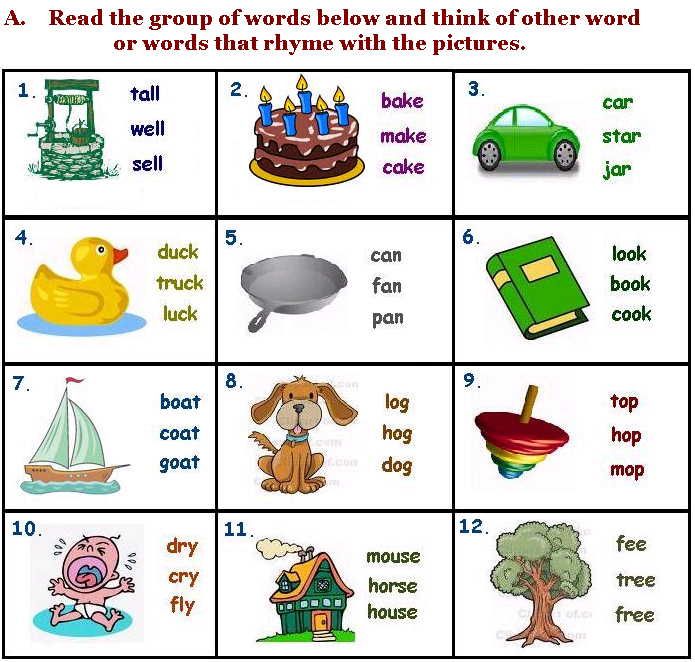 If it's a difficult word, or one that can't be sounded out, simply supply the word and continue reading.
If it's a difficult word, or one that can't be sounded out, simply supply the word and continue reading. - Take turns reading. By listening to your fluent reading, your child will hear what good readers sound like. After you've read a short passage, ask your child to reread the same passage. This provides a chance for her to practice reading with expression.
- Have realistic expectations. For example, students should be reading approximately 60 words per minute correctly by the end of first grade, and 90-100 words per minute correctly by the end of second grade. Your child's teacher can help you learn your child's reading rate.
It's important to nurture your beginning reader in a way that helps make reading a daily habit and a lifelong love. By being aware of what's normal for a beginning reader, and by knowing how to help them progress, you're sure to instill those qualities in your reader.
Joanne Meier (2009)
Reprints
You are welcome to print copies or republish materials for non-commercial use as long as credit is given to Reading Rockets and the author(s).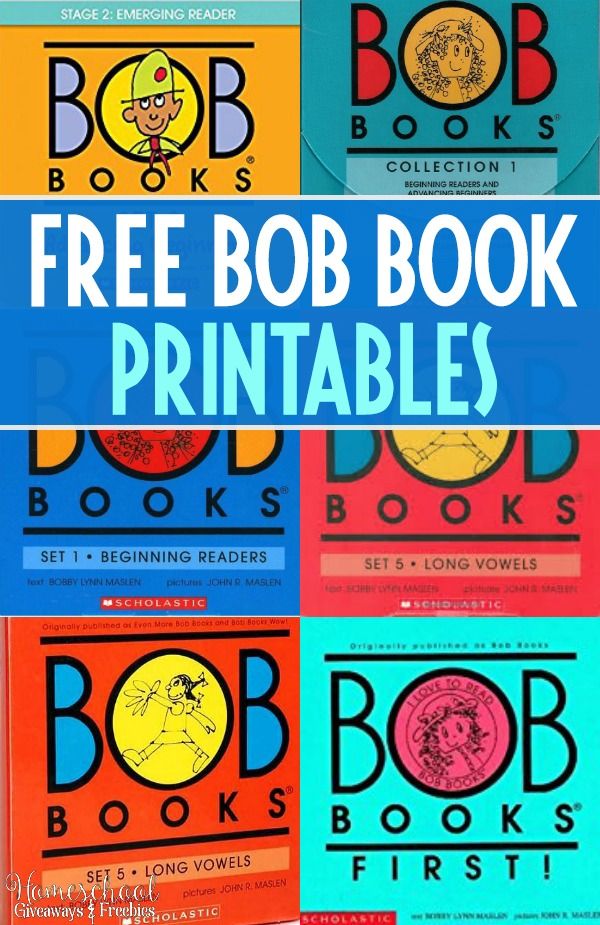 For commercial use, please contact [email protected]
For commercial use, please contact [email protected]
Related Topics
Children’s Books
Reading Aloud
New and Popular
Cracking the Code: How and Why Big Horn Elementary School Went All-In with Structured Literacy
Print-to-Speech and Speech-to-Print: Mapping Early Literacy
100 Children’s Authors and Illustrators Everyone Should Know
A New Model for Teaching High-Frequency Words
7 Great Ways to Encourage Your Child's Writing
Screening, Diagnosing, and Progress Monitoring for Fluency: The Details
Phonemic Activities for the Preschool or Elementary Classroom
Our Literacy Blogs
More on Hanford: Phonics Reform and Literacy Levels
Kids and educational media
Meet Ali Kamanda and Jorge Redmond, authors of Black Boy, Black Boy: Celebrating the Power of You
Get Widget |
Subscribe
25 Effective Ways to Teach Reading to Beginners
The Butterfly Teacher is thrilled to welcome guest writer Sophia Sanchez, an ESL instructor who has extensive knowledge about language development.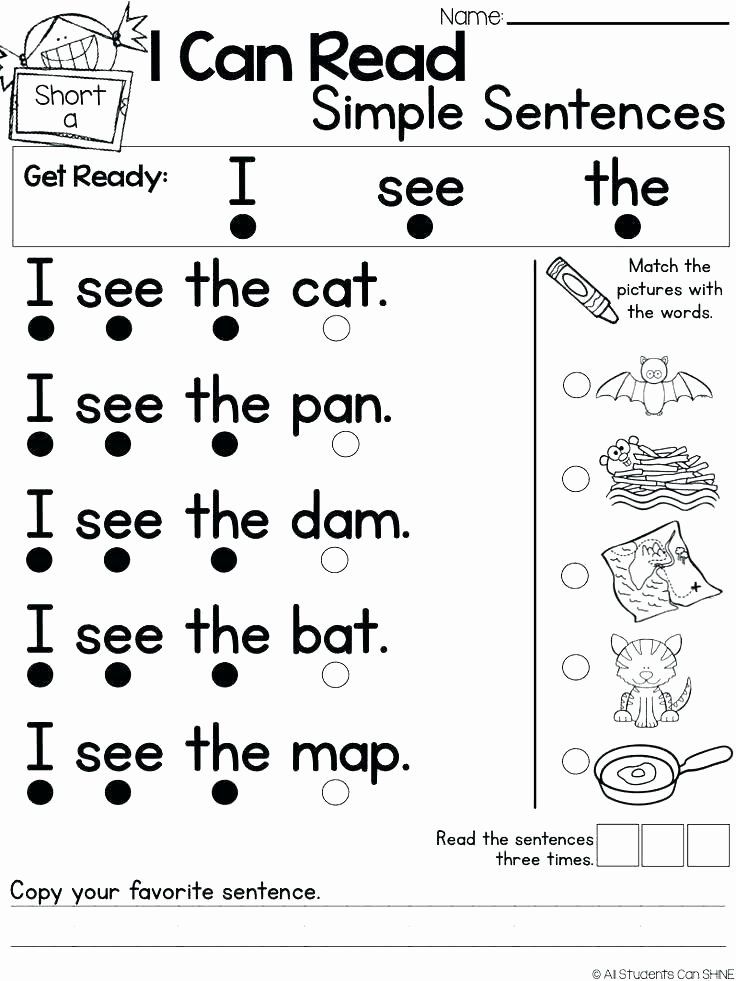 In this post, she shares 25 practical and effective ways to teach reading to beginners. Get your pen and paper ready…there are tons of teaching tips below!
In this post, she shares 25 practical and effective ways to teach reading to beginners. Get your pen and paper ready…there are tons of teaching tips below!
*This post contains affiliate links to Amazon for your convenience. As an Amazon Associate, I earn from qualifying purchases, which do not cost any extra for you. Please see the full disclosure here.*
How Do You Teach Reading Effectively?
Reading is a complex exercise.
We have to teach kids to read the written word and to build vocabulary simultaneously.
On top of all this, as students grow, they need to master more complex reading skills, such as inferencing.
So what are the best reading strategies that teachers and parents need to teach? And HOW do you teach them?
To best answer these questions, you must approach reading instruction based on your students/child’s developmental level:
- Early / Beginning Reader
- Emergent Reader
- Advanced Reader
You will be able to teach reading more effectively when you recognize the strengths and weaknesses of each developmental level and cater to those.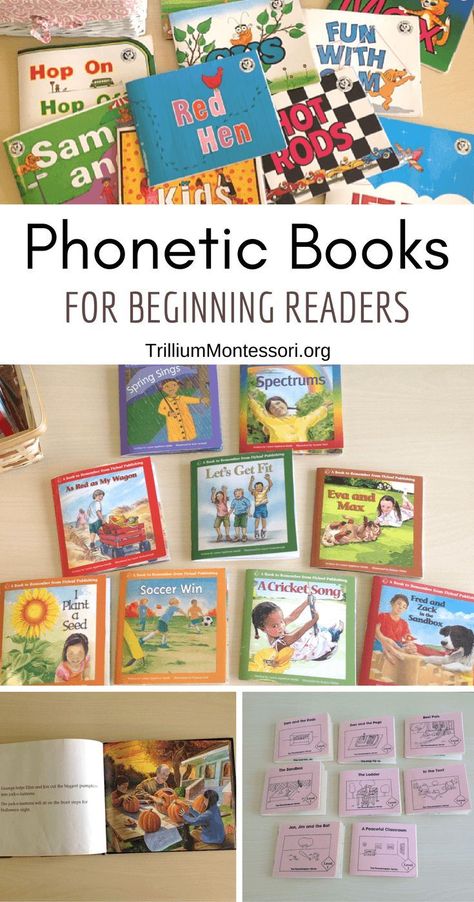
Tanya–The Butterfly Teacher, shares reading comprehension teaching tips for advanced readers, so in this post, I will share tips for early and beginning readers.
Let’s jump right in!
Vocabulary-Building Strategies for Early Readers
A highly effective way to teach reading to beginners is to help them build extensive background knowledge and vocabulary skills.
As you teach early readers more vocabulary, make sure the learning is playful, because most kids learn best via play!
- 1–Build Their Oral Vocabulary Through Conversation:
Encourage children to frequently interact verbally with you and others. More conversation will build on the vocabulary they may already know. - 2–Combine Pictures with Vocabulary Words & Actions:
For example, put up a poster outside your class with signage for shaking hands, hugging, greeting with a bow/folded hands, or just smiling, and get the kids to point at how they want to be greeted.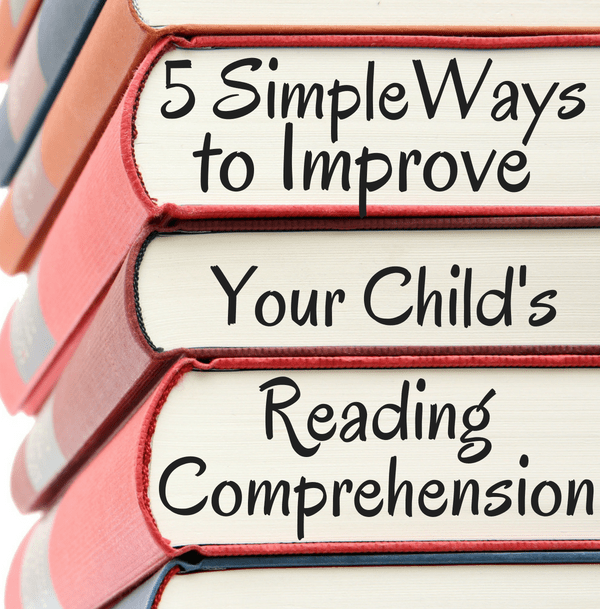 Encourage the kids to say the words aloud and then act them out.
Encourage the kids to say the words aloud and then act them out. - 3–Play Games to Identify Everyday Items:
Boring teaching will make reading seem like a chore! Make learning to read more fun with games that help children build vocabulary.As children grow more proficient and confident pronouncing words for things like vegetables, fruits, simple objects, colors, plants, actions such as mowing, sweeping, washing, drying, etc.–they are forming the building blocks for strong reading fluency.
Simple Ways to Teach Pre-Literacy Skills
The vocabulary word building tips from above help beginning readers develop more background knowledge that influences their reading.
Here are simple but effective ways to teach reading to beginners who need more pre-literacy skills.
- 4–Introduce Kids to Books With No Text:
A few of my favorite examples for beginning readers are:
Free Fall by David Weisner,
Up and Up by Shirley Hughes,
and Noah’s Ark by Peter Spier.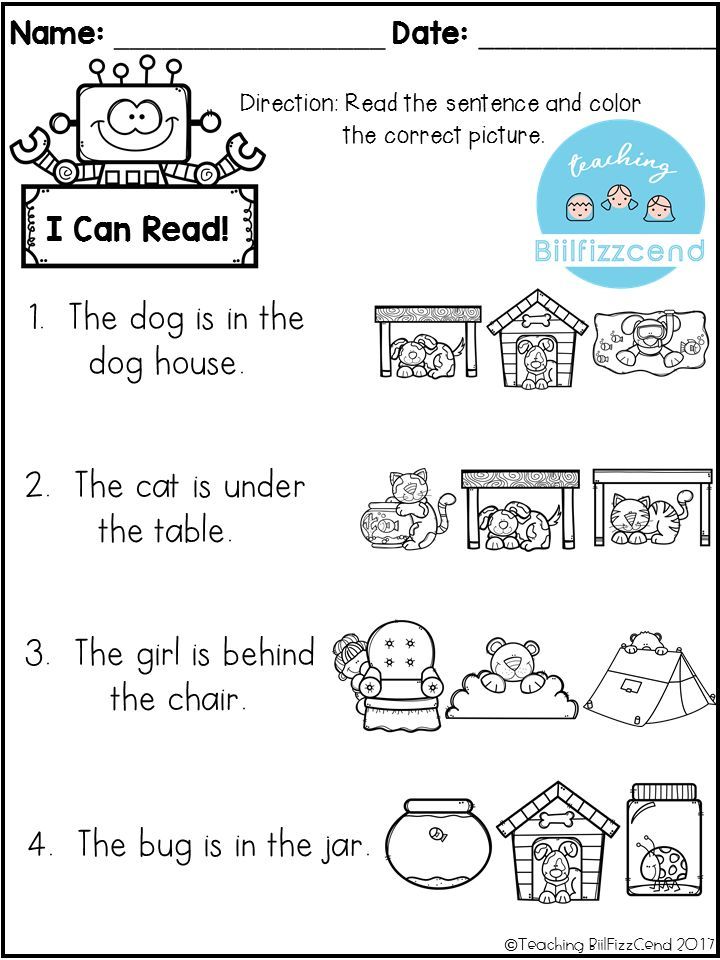
As you share these picture books, let each child “read it” on their own, say the story out loud for others, or even interpret a page in their own words to develop pre-literacy skills.
- 5–Start a Story Prompt:
Use flash cards or picture books to begin a make-believe story. Then allow your students/kids to create the next part or line of the story you’ve started. This helps them build the foundation for sequencing in reading.
- 6–Read Simple Rebus Readers:
These fun books help beginning readers answer your story prompts, identify sight words, and build vocabulary–which are all important pre-literacy skills.
What is the Main Difference Between Alphabetic Principle & Phonemic Awareness?
Let’s pause here to quickly dive into an important topic that relates to beginning readers.
Alphabetic understanding vs. letter-sound relationships!
What in the world is alphabetic principle and how is it different from phonemic awareness?
Many people use the words “alphabetic principle” interchangeably with “phonics.” It relates to letter-symbol relationships and spoken words.
Phonemic awareness involves breaking word parts down to isolate and identify specific sounds or phonemes.
To effectively teach reading to beginners, parents and teachers must use different teaching strategies for these two reading skills!
Let’s continue with specific examples
Easy Ways to Teach Alphabetic Principle
- 7–Introduce Single Letters and Their Sound:
English is not a phonetic language, but language learning is a lot about listening and ears like sounds. Confusion can set in but reducing pace and increasing fun games for practice can help. - 8–Get Kids to Say Words Which Start With That Sound:
This can be combined with the same teaching strategies that you use to teach vocabulary words. Put pictures with words next to everyday items. Emphasize the sound that initial letter makes.
Put pictures with words next to everyday items. Emphasize the sound that initial letter makes. - 9–Give Sounds for Single Vowels:
Like ‘e’ for egg - 10–Give Sounds for Single Consonants:
Like ‘h’ for hut
- 11–Do Kinesthetic & Tactile Activities to Learn Letters:
Write letters in the sand or in shaving cream. Use magnetic letters, ropes, and other items that beginning readers can touch as a fun way to build letter recognition. - 12–Identify Letters among other letters (like a design:)
Before kids can identify letters as letters, they can play at spotting them. E.g Write ‘egg’ on the board with space in between. Now hold up the letter ‘e’ and ask the kids to spot it in what’s written.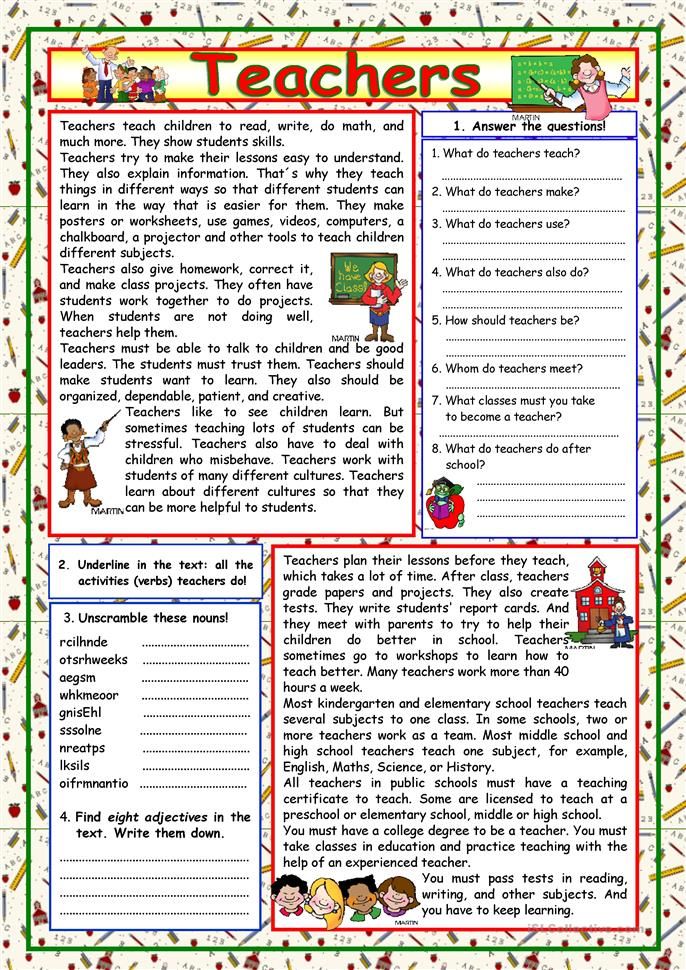 Add more words on the board which include ‘e’, and ask them to spot all the occurrences.
Add more words on the board which include ‘e’, and ask them to spot all the occurrences. - 13–Complete Letter Crafts Decorating Objects Which Start With That Letter
Ideas for Helping Beginning Readers Build Phonological Awareness
- 14–Play Phonological Awareness Games:
Pair your students in two teams. One team will say words and the other team has to say a word with the sound it ends onFor example: one team may say the word “red.” The other team will need to say a word like “dog” since the word red ends with “d.”
This type of game can be difficult for some kids, so feel free to modify it with flashcards, pictures, or other ways to assist kids. If it’s too frustrating for them, they will not feel confident to play, which will lead to possible tantrums.
- 15–Get Kids to Call Out Rhyming Words With You
- 16–Form Various Words With The Same Set of Sounds
- 17–Play Rhyming Games With Nonsense Words:
Kids love gibberish! Plus, using nonsense words heightens their awareness of word sounds and word parts.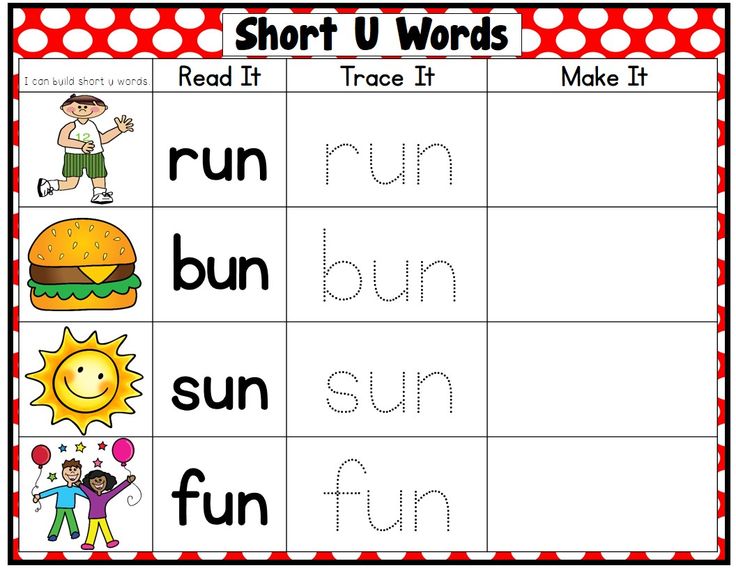
- 18–Try basic tongue twisters: (you will have kids rolling in laughter!)
She sells sea shells on the sea shore, but the shells she sells are not the real sea shells’. It’s better to start with the first four words, and slowly add the rest meaningfully in steps, or it might turn into a gibberish spewing noisy classroom!
More Effective Ways to Teach Reading to Beginners
As your children/ students advance through pre-literacy skills, alphabetic principle, and phonemic awareness activities, you can effectively teach them more foundational reading strategies like the ones in this section.
- 19–Start Small with Sight Words
- 20–Enjoy the rebus world of words:
Show an image and look at the word. These readers really help kids build nonfiction reading skills too!
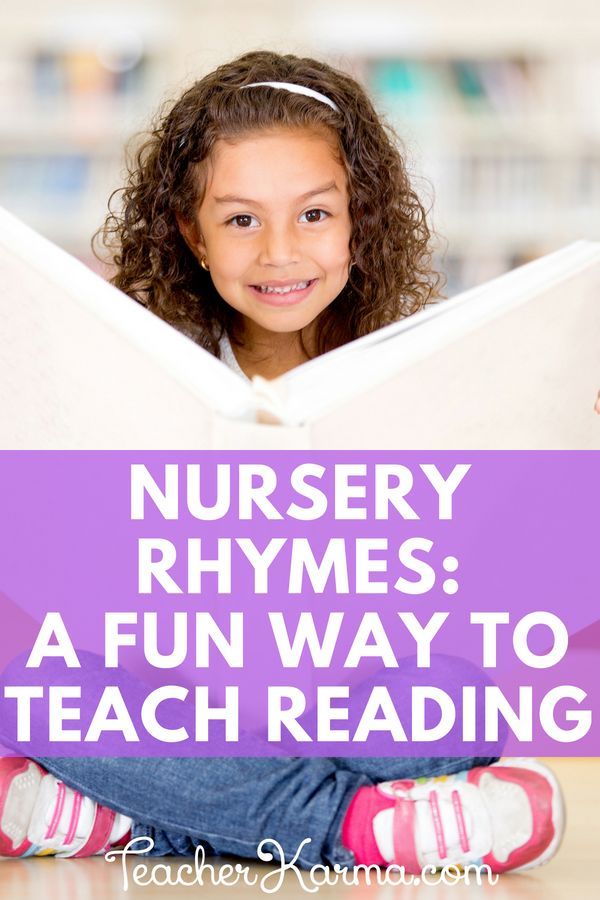 Click HERE for the image to learn more.
Click HERE for the image to learn more. (Amazon affiliate link)
- 21–Use a picture and break what it’s called into sounds/phonemes (for starters, use easily identified animals like cat, bat, etc.) Sounds outnumber the letters in the alphabet, so practice-practice-practice
- 22–Work with small words with fewer sounds and then go to longer words
- 23–Play games to change the order to form new words (do build gibberish words, don’t be afraid)
- 24–Introduce syllabification if your class is ready
- 25–Introduce onomatopoeia – words that mimic the sound of the object
What’s the Absolute Best Way to Teach Children to Read?
Kids learn at their own pace.
As no two kids are alike, teachers really have to individually nurture each child on their reading journey. So there’s no ONE absolute best way to teach reading to every single child.
This post features lots of effective ways to teach reading to beginners so that you have more than one strategy to try.
Here Are More Helpful Posts on Reading Instruction For You:- The Best Free Literacy Apps
- 11 Children’s Books Written by Celebrities
- Using Life Lessons to Teach Children’s Literature
- Books that Teach Socio-Emotional Skills
Here’s hoping for wonderful journeys in the world of reading!
Author Bio: Sophia is a newbie online ESL/EFL instructor. She is a passionate educator and blogs about education on her personal blog. She found her true calling — teaching — while she was juggling writing and a 9-5 desk job.
What to read for novice readers
What to read if you want to love reading?
It does not matter at what age you realized that you want to read more - at 16 or 36. The main thing, as soon as you feel such a desire, is not to beat off all the hunting with “wrong” books. Especially for those who have only recently realized that pleasure, benefit and meaning are hidden in reading, we have made this selection. It contains books that will be pulled in, picked up and carried away. Novels, from which it is impossible to tear oneself away, and stories, sincere, like gatherings with close friends.
The main thing, as soon as you feel such a desire, is not to beat off all the hunting with “wrong” books. Especially for those who have only recently realized that pleasure, benefit and meaning are hidden in reading, we have made this selection. It contains books that will be pulled in, picked up and carried away. Novels, from which it is impossible to tear oneself away, and stories, sincere, like gatherings with close friends.
In our gallery and funny, and scary, and romantic, and vital. Just a pinch, a kind of light literary "cocktail" that you can save to your bookmarks, send to a grown-up child or a friend - a novice book lover.
Call of the cuckoo. Robert Galbraith
The Call of the Cuckoo by Robert Galbraith (pseudonym J. K. Rowling) is the book that marked the beginning of the famous series about the macabre detective Cormoran Strike. Critics called the collaboration between Strike and his assistant the best duo of modern detective fiction, and indeed, it is not known what captures more - the brilliant intrigue of the plot or the relationship between Kormoran and Robin.
The book begins with the mysterious death of model Lula Landry - there is a version that she committed suicide, but not everyone believes in it.
Manyunya. Narine Abgaryan
Touching, funny, full of nostalgia for childhood, the stories about Manyun, written by the writer Narine Abgaryan, became a bestseller for several years in a row. The case when a simple and cute, in fact, a children's book is ideal for adults - while reading, you are guaranteed to remember the summer holidays and the smell of the dough that your grandmother put on pies.
Azazel. Boris Akunin
Detectives by Boris Akunin is a win-win option for those who want the book to captivate. Starting with "Azazel", the first book about the devilishly charming detective Erast Petrovich Fandorin, you will probably come to your senses by reading the last part of the series. In which, for a second, fifteen volumes!
The Green Mile. Stephen King
Stephen King's books are amazing.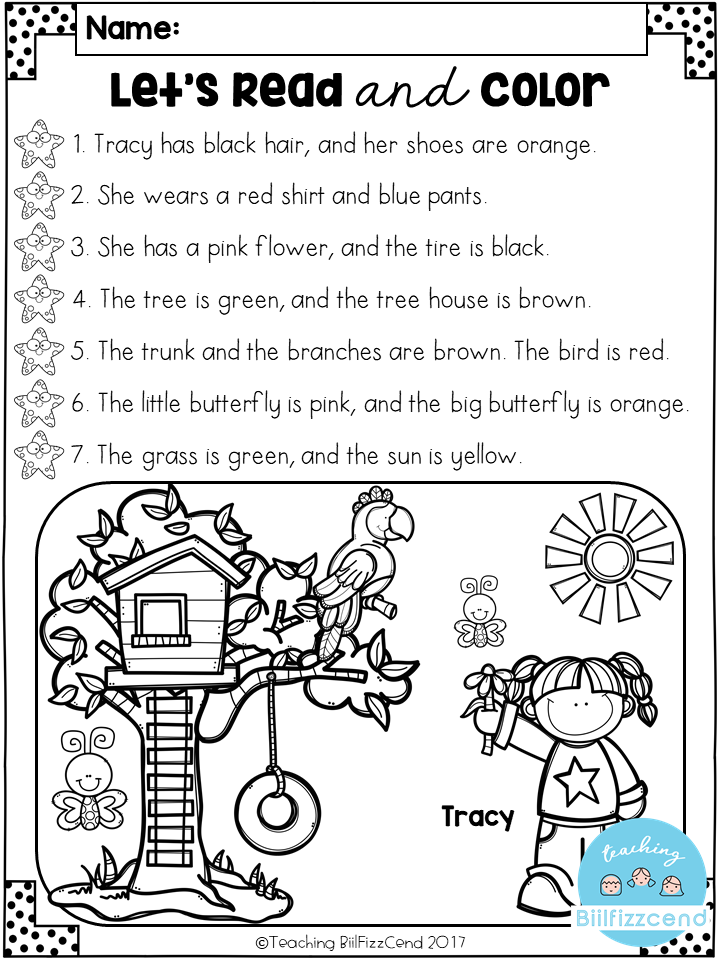 You read them, petrified with fear, with a pounding heart, but you can’t even think of closing the volume before the last line has been read. The Green Mile is one of the most famous novels of the King of Horrors, the basis of the film of the same name with Tom Hanks.
You read them, petrified with fear, with a pounding heart, but you can’t even think of closing the volume before the last line has been read. The Green Mile is one of the most famous novels of the King of Horrors, the basis of the film of the same name with Tom Hanks.
In this story, the writer takes us to the death block of one of the worst prisons in the United States.
Parsley syndrome. Dina Rubina
A recognized master of words, Dina Rubina writes long and cozy family sagas with many details and eloquent descriptions. Not everyone is captivated by this style of writing, but if you fell in love, do not rest until you read everything that comes out and came out from under her pen.
The Petrushka Syndrome tells the story of Petya, who since childhood has been obsessed with two phenomena - the puppet theater and the beautiful red-haired Liza.
The Mysterious Case of Billy Milligan. Daniel Keyes
An amazing novel based on true events.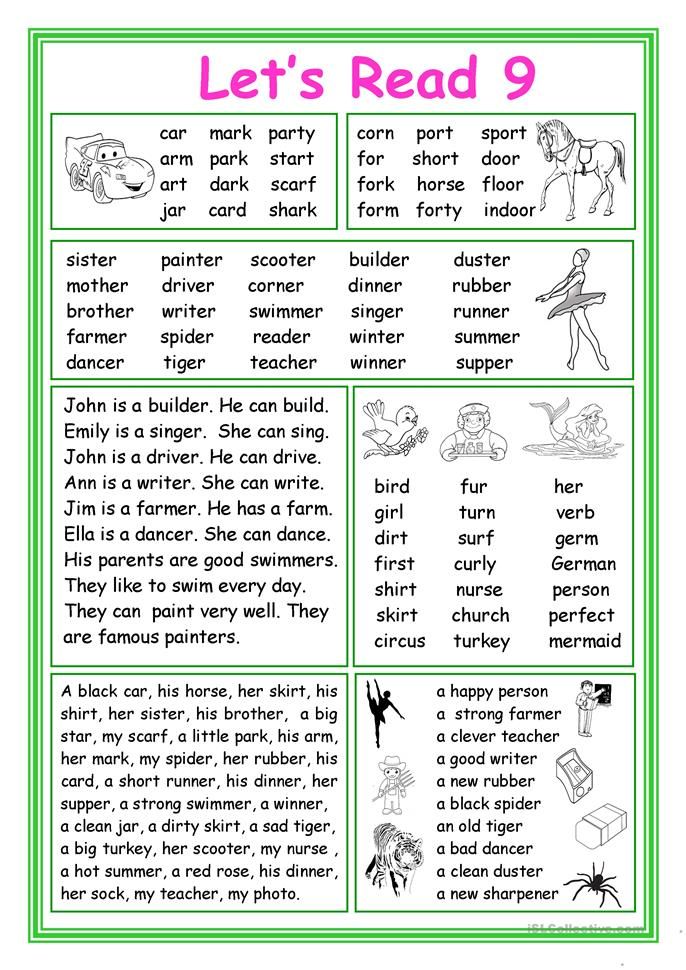 This well-structured, journalistically clear text tells about the fate of Billy Milligan - a man in whose mind 24 different personalities coexisted. Can you imagine what it is like when 24 completely different people “control” your mood and behavior - from a tiny girl to a sophisticated English esthete?
This well-structured, journalistically clear text tells about the fate of Billy Milligan - a man in whose mind 24 different personalities coexisted. Can you imagine what it is like when 24 completely different people “control” your mood and behavior - from a tiny girl to a sophisticated English esthete?
servant. Katherine Stockett
The Help is an incredible book! This is a fascinating, lively and vivid story about African Americans working for white people in Jackson, Mississippi, in the early 1960s. The novel was filmed in Hollywood and translated into more than 40 languages.
Fried green tomatoes at the Polustanok cafe. Fannie Flagg
“Fried Green Tomatoes at the Whistle Stop Cafe” Fannie Flagg describes seemingly very simple and even insignificant events - what can happen in a quiet, godforsaken American town near a railway station? However, it is worth reading a couple of pages, as you understand: the story that they tell us is beautiful and subtle, like life itself.
“This novel can be read both just for relaxation and for the sake of serious philosophical reflection. Or in order to remember: you can watch the sunset at least every evening, and for free, and it is always different ”(“ Literary Gazette ”).
Trouble is coming. Ray Bradbury
Ray Bradbury knows how to create an atmosphere. It varies from book to book. For example, in the novel Trouble is Coming, you will feel a dank, damp autumn wind, feel a gloomy, tickling sense of danger, and remember a vivid childish imagination that can see the silhouette of a stranger in the shadow of a branch. Wait, maybe it really is a stranger lurking around the corner?
This is a book about friendship, about childhood, but also about the struggle between good and evil that happens every hour in every person.
Bear corner. Fredrik Backman
Books by Swede Fredrik Backman are good because they are for everyone. If you are or have ever been a teenager, if you are a parent or plan to become one, if you love sports, if you live or have lived in a small town, if you love or have loved .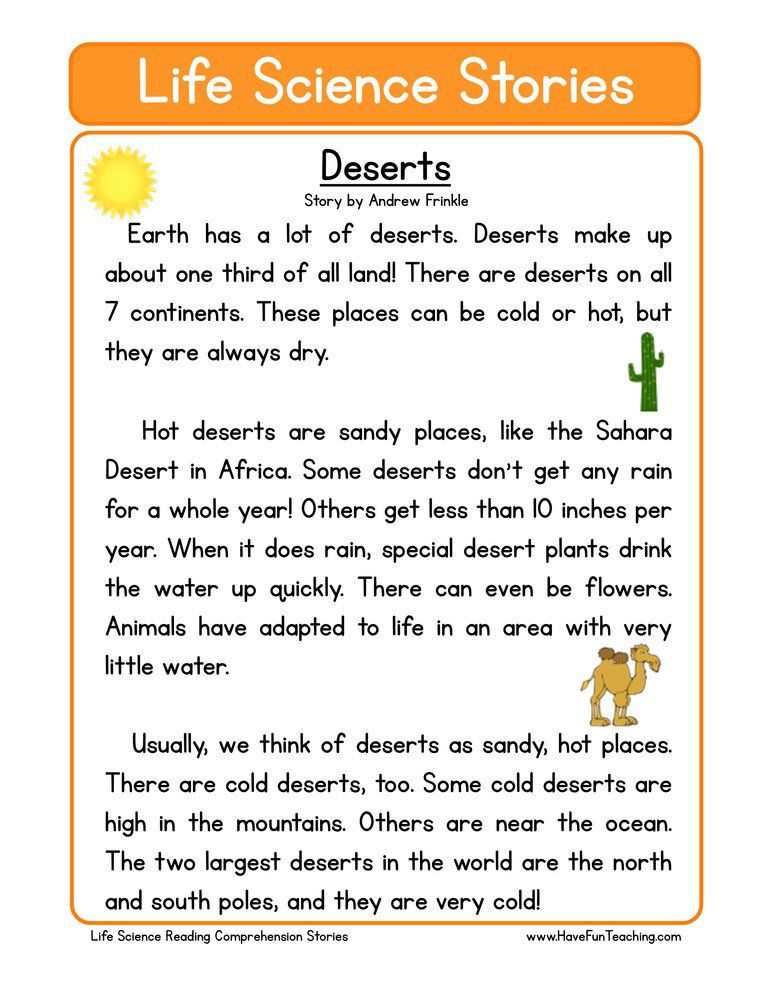 .. In general, in any situation and for any person Buckman will find the right words to captivate, console and give hope.
.. In general, in any situation and for any person Buckman will find the right words to captivate, console and give hope.
"Bear Corner" is a novel about the tiny northern town of Bjornstad, which seems to be breathing its last. The junior hockey team is about to play a life-changing match that could give the city a second chance. But shortly before the game, a terrible incident will happen that will affect the lives of almost all residents.
Source: readrate
14 modern books to help the teacher
You can set aside a couple of hours a day for reading books. It can be more difficult to find time to search for interesting and useful literature in the modern sea of information. Especially for busy teachers, we have collected all the most interesting things in one article. When choosing books, we focused both on their rating and on the reviews of Russian readers. How to maintain common sense when communicating with teenagers, why a talented student in the classroom is not always a holiday, how to maintain health while working at school for years - modern authors answer these and other questions of teachers.
Doug Lemov Mastery of the teacher. Proven Methods of Outstanding Educators”
Teaching is the most important job in the world, and it is also the most difficult, according to the famous American teacher and researcher Doug Lemov. Effective teaching is an art, and behind the success of experienced teachers is hard work and attention to detail. Having visited thousands of lessons of the most qualified teachers from ordinary schools, the author formulated a set of 49 techniques that, in his opinion, determine the success of a teacher and the progress of his students. Russian teachers consider the publication very useful, but admit that not all of the methods described can really be applied in our conditions.
Even more useful materials - in the Telegram channel of the Pedagogical Council. Subscribe to keep up to date with the latest articles and news.
Subscribe
Judy Dirksen The Art of Teaching. How to make any learning fun and effective”
“Don’t stop asking yourself ‘Why?’ and ‘What’s wrong if they don’t know this?’ to determine the real purpose of learning,” advises readers Judy Dirksen, educator and independent e-learning consultant.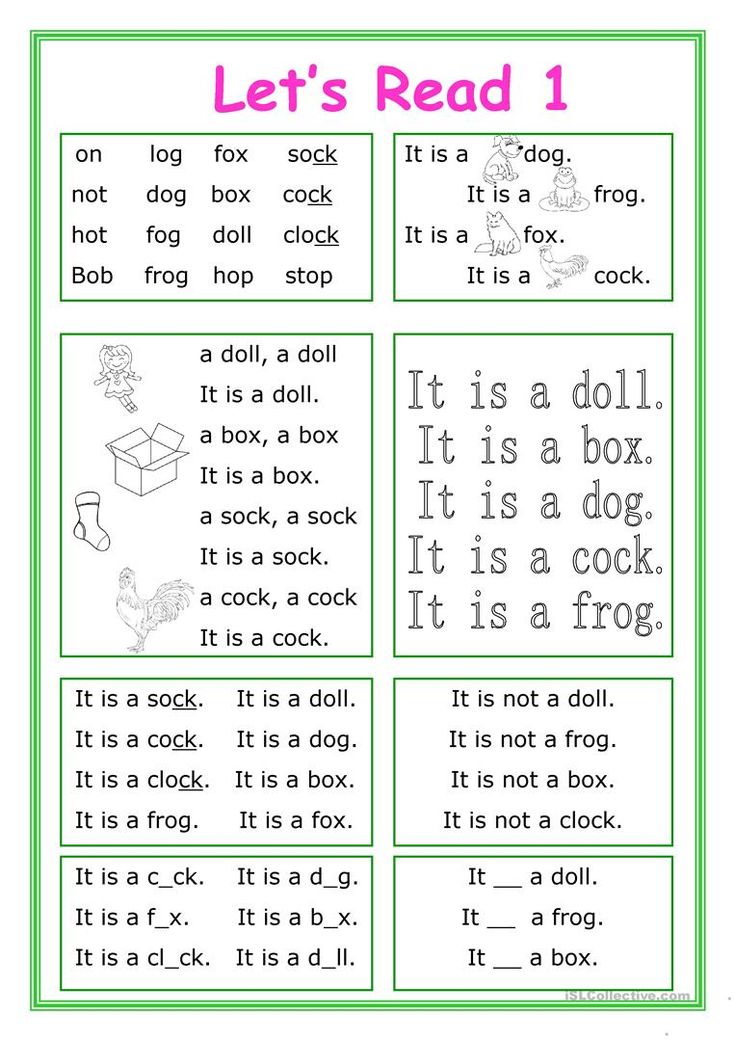 In the book, she describes the basic principles of pedagogy and the foundations of
In the book, she describes the basic principles of pedagogy and the foundations of
cognitive psychology, which, in her opinion, will make the learning process as useful and exciting as possible. The main emphasis is on the competent creation of learning conditions and the selection of information. Russian readers gave the book positive ratings, although sometimes they reproach the author for the excessively primitive presentation.
Teachers' Council is a community for those who teach and study . Professionals grow with us.
Do you want to keep up with the world and trends, be the first to learn about new approaches, methods, learn how to apply them in practice, or even undergo retraining and master a new specialty? Everything is possible in our Training Center.
There are already more than 40 online retraining and additional education courses on our platform.
See
Peter Gray “Freedom to learn. Playing against the school»
Psychologist Peter Gray opposes the traditional school at all, and considers the game to be the best teaching method for children.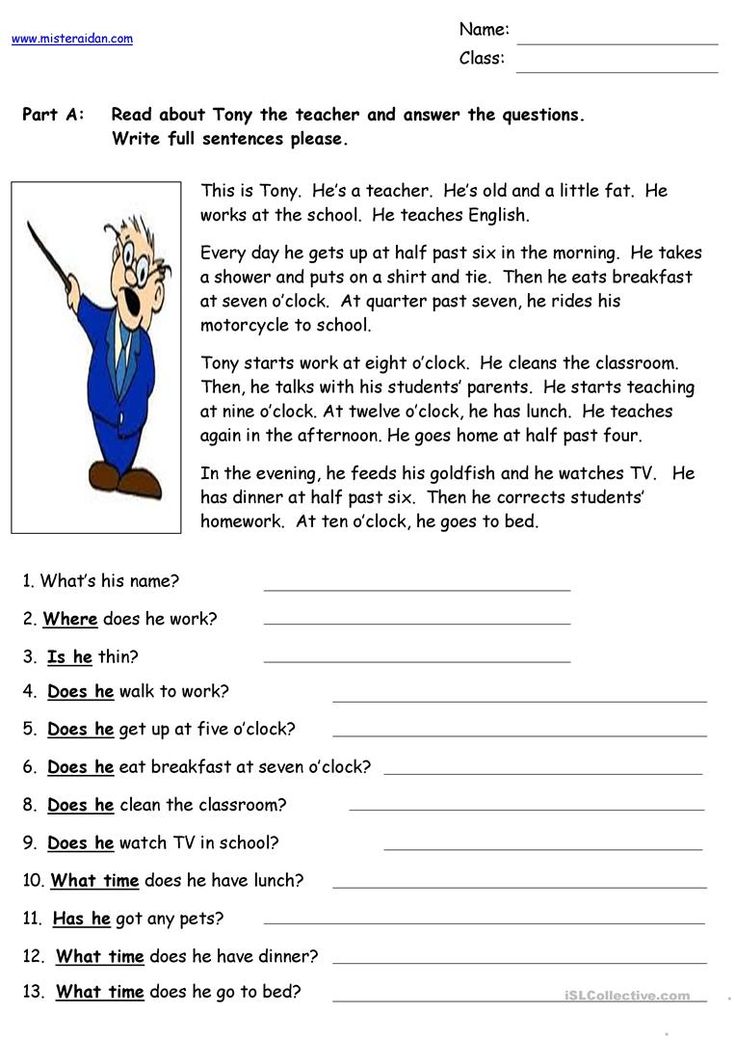 For a child to succeed in a rapidly changing world, they must be given the freedom to learn and discover their interests, Gray argues. He proposes to abandon the division of children into age groups, encourage self-learning, allow them to play and explore the world, including without adults. It is the independence and opportunities to do something without being under the care of an adult that the modern child lacks, the author is sure. The book is controversial and ambiguous in many ways, but it certainly gives a lot of food for thought.
For a child to succeed in a rapidly changing world, they must be given the freedom to learn and discover their interests, Gray argues. He proposes to abandon the division of children into age groups, encourage self-learning, allow them to play and explore the world, including without adults. It is the independence and opportunities to do something without being under the care of an adult that the modern child lacks, the author is sure. The book is controversial and ambiguous in many ways, but it certainly gives a lot of food for thought.
Carol Dweck “A flexible mind. A new look at the psychology of adult and child development”
Carol Dweck is a professor of psychology at Stanford University and one of the world's leading experts in motivation and personal development. The book is based on the idea that intelligence and talent do not yet guarantee success, but, on the contrary, can hinder the development of a person. The author is convinced that excessive praise can jeopardize achievements, while mistakes and failures, on the contrary, are impetuses for further development. It is the growth mindset that forms the love of constant learning and resilience to difficulties and failures, writes Dweck and offers to test his theory in practice.
It is the growth mindset that forms the love of constant learning and resilience to difficulties and failures, writes Dweck and offers to test his theory in practice.
José Antonio Marina Raising Talent
Another modern take on talent. José Antonio Marina is a Spanish philosopher, writer and educator who has been involved in upbringing and education for many years. According to the author, everyone has strengths and weaknesses, but there is always some "basic" talent. In the book, Marina explores the features of various talents, and at the same time tells how to create such conditions so that children can develop their strengths from an early age. Each section consists of 4 chapters, which represent a gradual transition from theory to its practical application. Perhaps that is why Russian readers called the heavy style and abundance of terminology one of the shortcomings of the book.
Elena Shcheblanova "Unsuccessful gifted students"
Modern Russian view of how difficult it is to be talented.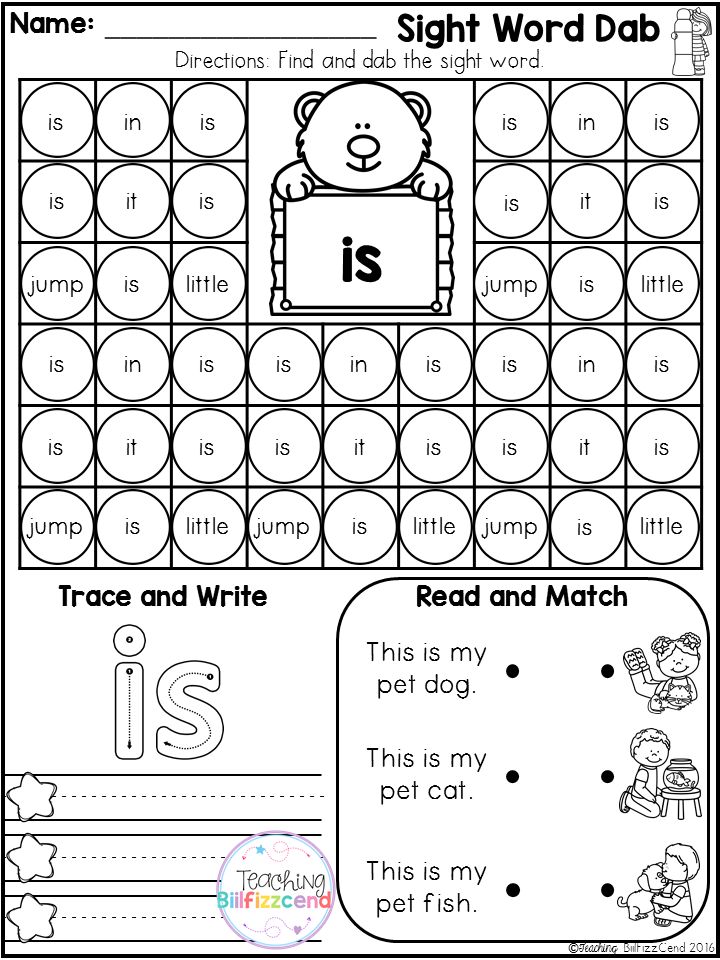 Every teacher has met children whose abilities remain underdeveloped due to all sorts of social and emotional problems. For more than 20 years, the author of the book has been engaged in identifying and developing the talents of children in the Moscow gymnasium "Constellation". Now she tells her readers how to identify a gifted child and help him discover his talents and develop social skills. Readers note that the book is full of optimism.
Every teacher has met children whose abilities remain underdeveloped due to all sorts of social and emotional problems. For more than 20 years, the author of the book has been engaged in identifying and developing the talents of children in the Moscow gymnasium "Constellation". Now she tells her readers how to identify a gifted child and help him discover his talents and develop social skills. Readers note that the book is full of optimism.
Nina Jackson “A class teacher. How to work with difficult students, difficult parents and enjoy the profession”
The book of a well-known teacher in the UK and an international education consultant is a collection of answers to the most painful questions of teachers. Students do not want to learn, conservative colleagues rebel against new methods of teaching, parents do not value the teacher - each problem is devoted to a separate chapter. Among the topical issues is work with children with dyslexia, ADHD and autism.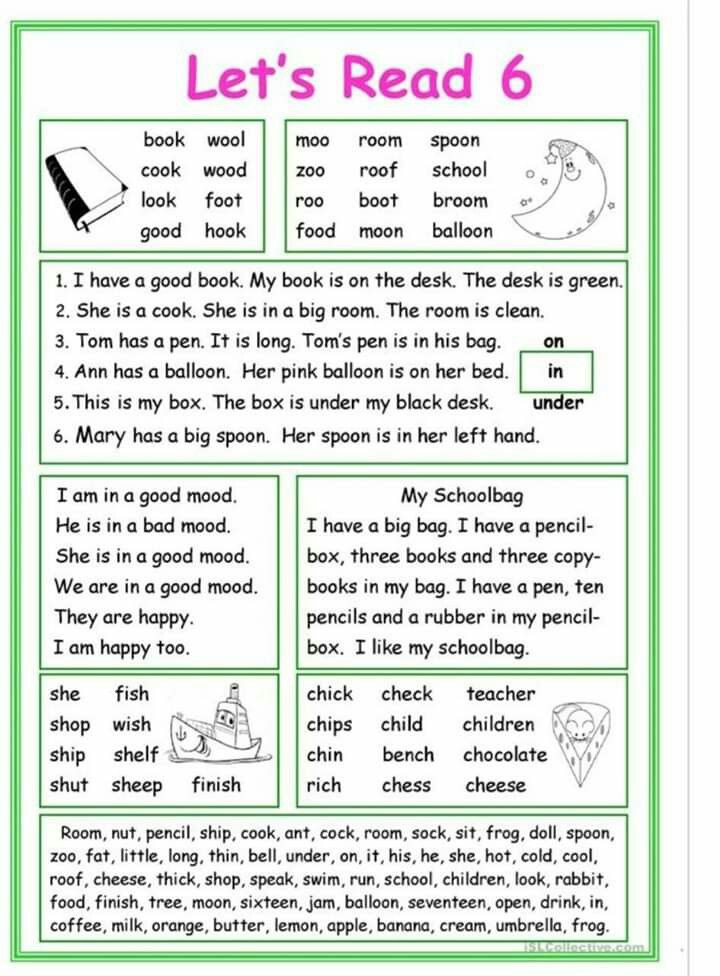 To help her colleagues from different countries, Nina Jackson has collected techniques and tips based on personal experience. For example, her usual hugs become one of the tools for teaching tolerance and patience. The book contains several playlists with music, under which, according to the author, it is easier for students to absorb the material. And finally, Jackson lists mobile apps that can be used to work in the classroom, because children love games from their phones.
To help her colleagues from different countries, Nina Jackson has collected techniques and tips based on personal experience. For example, her usual hugs become one of the tools for teaching tolerance and patience. The book contains several playlists with music, under which, according to the author, it is easier for students to absorb the material. And finally, Jackson lists mobile apps that can be used to work in the classroom, because children love games from their phones.
Adele Faber, Eileen Mazlish "How to talk to children so they learn"
A young teacher, Liz Lander, does her best to awaken a desire to learn in disobedient students... With such a fictional character, American psychologists Adele Faber and Eileen Mazlish begin their journey through the back streets of the child's consciousness. At the heart of all the advice of the authors is the idea: if an adult is dismissive of the feelings of a student, he loses interest in learning. Using several situations as an example, they show how a teacher can act competently instead of criticizing, ignoring, giving endless advice to a child. In Russia, so far the book is mostly read by parents and they say that the advice from it was really useful to them, although not all of them are suitable for our culture.
In Russia, so far the book is mostly read by parents and they say that the advice from it was really useful to them, although not all of them are suitable for our culture.
Anthony Wolfe Child or monster? How to be a parent of a modern teenager»
A collection of answers to the question: how to communicate with teenagers and remain sane at the same time. In each person lives a capricious child and a rational adult. A teenager does not know how to restrain his inner "child", but wants to be perceived as an adult. Adults, while communicating with teenagers, sometimes become unrestrained "children" themselves. The task of parents and educators is to intelligently accompany growing up: leave space for the teenage "child" and help awaken his adult traits. Wolfe answers specific questions from teachers and parents: when and how to shut up, how to learn to respect their senseless actions, how to express your indignation without destroying relationships? There are tips for more difficult situations: gadget addiction, problems at school, depression, alcohol and drugs. The book appeared in Russia several years ago and, according to the parents, turned out to be useful.
The book appeared in Russia several years ago and, according to the parents, turned out to be useful.
Vladimir Lizinsky "A new teacher for a good school"
A well-known scientist and practitioner, senior researcher at the Center for Strategy and Theory of Personal Education Vladimir Lizinsky has written more than 30 books for teachers and parents over the past 25 years. In this manual, he shows what a teacher should be like, what gets in the way and what he needs to achieve success. Lizinsky offers his own measurement scale for assessing the professionalism of a teacher. Using it, you can determine the height of your professional level literally by points. For clarity, the author has compiled two separate lists - "Signs of a bad teacher" and "Signs of a good teacher".
Judy Apps "To be heard and heard"
A book for those whose professional duty makes them talk a lot. “Your voice is a unique instrument that holds incredible opportunities for you and those around you,” this is how the author begins a conversation with the reader. The human voice can convey emotions, provide the attention of the audience, change in accordance with the situation. The book talks about what needs to be done for successful public speaking, about the techniques used by famous speakers. The book also contains exercises for training correct breathing, articulation, voice timbre and intonation. The last chapter provides valuable advice for teachers on how to reduce fatigue if you have to talk a lot.
The human voice can convey emotions, provide the attention of the audience, change in accordance with the situation. The book talks about what needs to be done for successful public speaking, about the techniques used by famous speakers. The book also contains exercises for training correct breathing, articulation, voice timbre and intonation. The last chapter provides valuable advice for teachers on how to reduce fatigue if you have to talk a lot.
Yuri Gurin “Lesson + game. Modern gaming technologies for schoolchildren»
Petersburg teacher and children's writer Yuri Gurin is known for knowing how to turn any boring activity into a game. To help teachers, he collected more than a hundred games and playing techniques for lessons. All games in the book are divided into three groups: games at the stage of learning a new topic; games at the stages of memorization, consolidation, generalization and control of assimilation; games to optimize the physical and psychological state and behavior of students.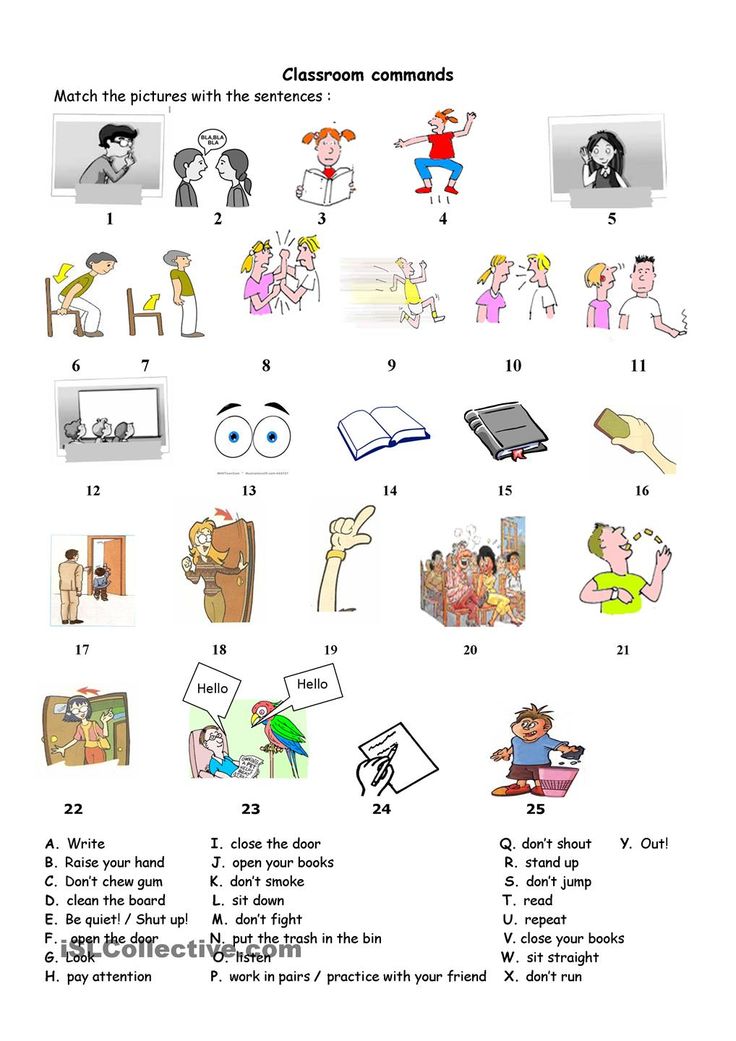 Games are not tied to a specific lesson, the teacher can choose questions himself. In general, according to the teachers themselves, the book, written at the intersection of pedagogy and psychology, is very useful.
Games are not tied to a specific lesson, the teacher can choose questions himself. In general, according to the teachers themselves, the book, written at the intersection of pedagogy and psychology, is very useful.
Svetlana Akhmerova "Professional activity and health of a teacher"
From child psychology to an equally pressing problem. A medical scientist from Bashkiria, Svetlana Akhmerova, who has been working on the problems of maintaining the health of teachers and their students for a long time, was able to summarize the main risk factors for teachers and ways to overcome them. The monograph "Professional activity and health of a teacher" presents a set of diagnostic methods for self-control. And the most important thing! - there are quite specific sets of exercises for the prevention of diseases associated with the peculiarities of the work of teachers.
Lee Lefever The Art of Explaining
A book by the founder of Common Craft, who gained fame with explainer videos for large corporations.

